Faith tourism thrives in Hundred Islands
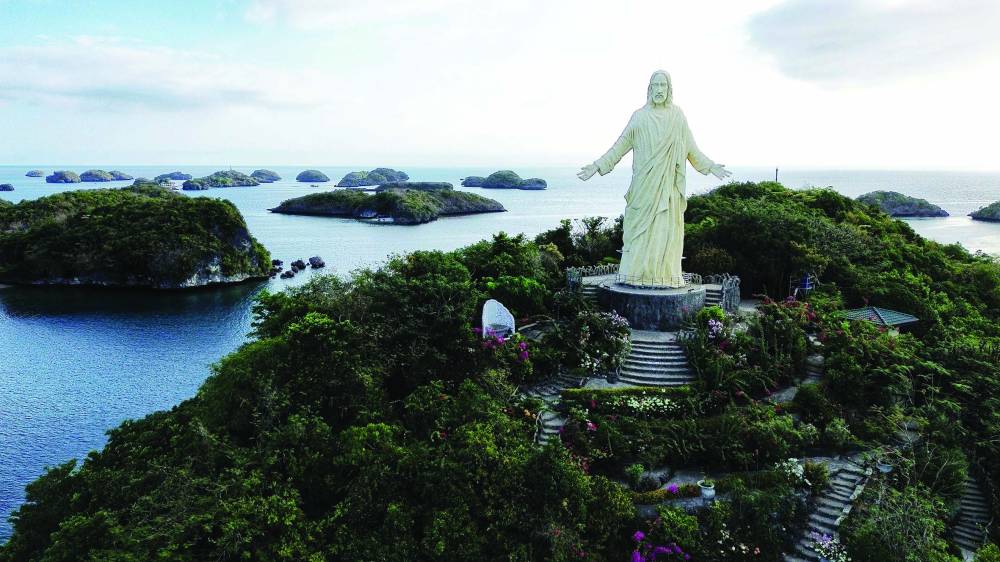
ALAMINOS CITY–Dr. Lorna Esperon, 60, has made it a personal tradition to visit Pilgrimage Island each year for prayer and to perform the Stations of the Cross since this special site was established at the Hundred Islands National Park (HINP) in 2018.
“But I always go weeks before Holy Week, when the crowds haven’t arrived yet. I prefer solitude — it helps me reflect deeply and connect spiritually,” Esperon, who works at the Veterans Memorial Medical Center in Quezon City, told the Inquirer in a recent interview.
Esperon is among thousands of local and international visitors who incorporate a spiritual journey into their visit to the Hundred Islands in western Pangasinan.
“I often bring friends along to enjoy the islands, but when it comes to the Stations of the Cross, I usually go alone — or with just one or two companions,” she added.
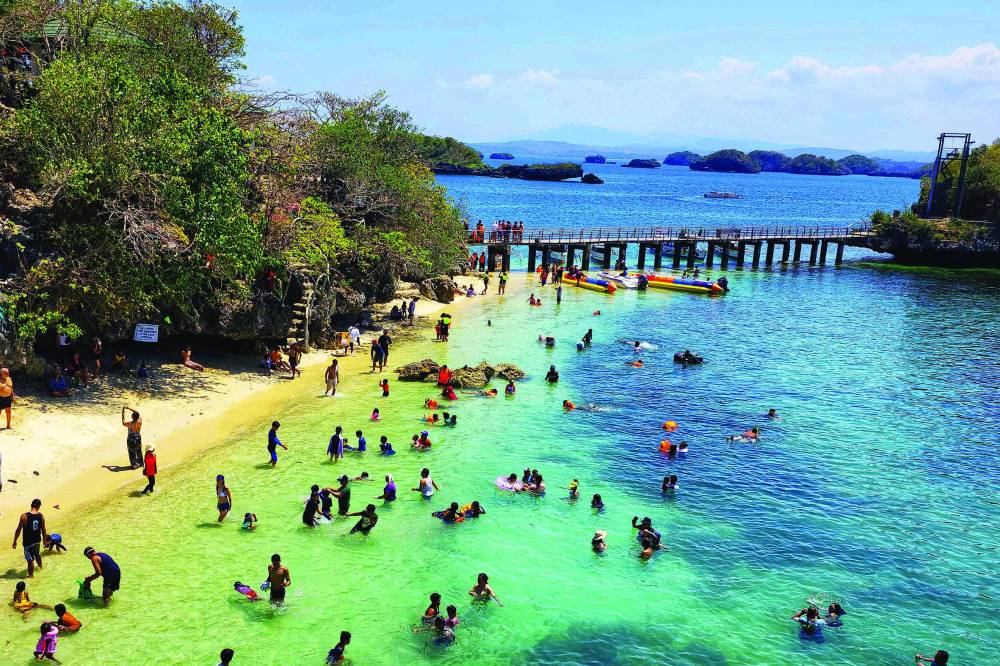
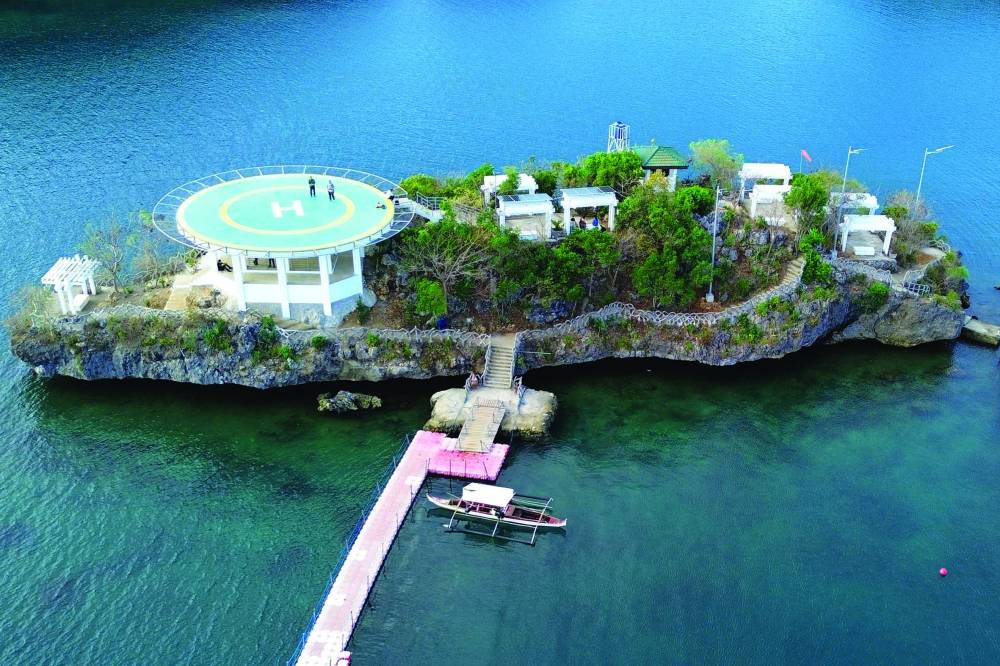
Pilgrimage Island, formerly called Ramos Island, allows Catholic pilgrims to seek spiritual renewal amid white sand beaches and the lush beauty of the Hundred Islands, the top tourism attraction in Pangasinan.
Another island, called Martha, is linked by a narrow sandbar to Ramos and has been recently annexed to expand this tranquil destination for faith and reflection. These islands have been developed and now known as Pilgrimage Islands featuring a mix of historical and newly constructed religious landmarks that draw the faithful, especially during the Lenten season.
“The city government envisions the Pilgrimage Islands as a premier faith tourism site — where spiritual reflection meets stunning natural landscapes,” said Rosalie Salalila-Aruelo, the city’s environment and natural resources officer.
“These islands aren’t just about strengthening faith; they also play a key role in boosting local tourism by attracting visitors seeking peace and reflection,” she added.

Biblical scenes
The 14 Stations of the Cross are spread across the islands’ rolling terrain, each one marked by intricately carved stone tableaux depicting biblical scenes — from the Last Supper to the Ascension. The islands also house the Kapilya ni San Jose (Chapel of St. Joseph), offering a quiet space for prayer.
A standout feature is the 16.76-meter (55 feet) statue of Jesus Christ the Savior, perched atop a hill and accessible via a 263-step stairway. The summit offers a breathtaking 360-degree view of the surrounding islands.
“Make sure to bring sun protection,” Salalila-Aruelo advised, noting that there is shade along the way, “but the climb can still get quite hot.”
To reinforce the Pilgrimage Islands’ spiritual focus, several facilities were added: The Our Lady of the Assumption Chapel, a retreat hall that can accommodate 120 people; and shrines dedicated to St. Joseph and St. Valentine. A nearby retreat house can host 20 to 25 guests.
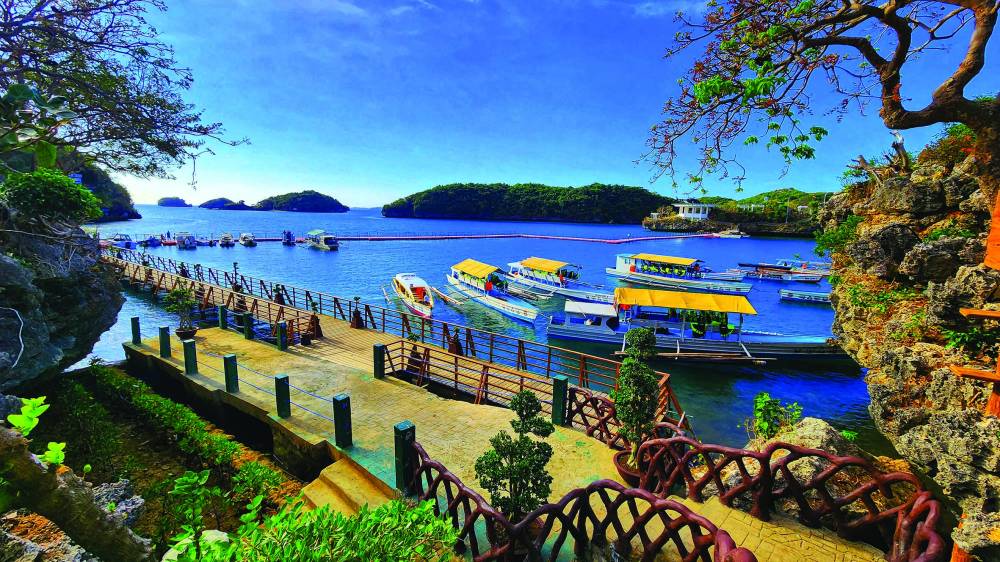
These are nestled within landscaped grounds, including a bonsai garden featuring around a thousand miniature trees.
These structures were inaugurated on March 28 by Pangasinan Gov. Ramon Guico III, Vice Gov. Mark Lambino, Rep. Arthur Celeste and Alaminos City Mayor Arth Bryan Celeste. The provincial government contributed P19 million to fund the islands’ development.
According to Salalila-Aruelo, also the city’s assistant tourism officer, the Pilgrimage Islands are accessible by boat from multiple jump-off points, including Lucap Wharf, Bolo Beach, Bued Mangrove Forest, and the nearby towns of Anda and Sual.
“To help manage the flow of visitors, each island [comprising the Pilgrimage Islands] has only one designated entry point. Most guests don’t come all at once and usually stay just an hour or two,” she said.
For those arriving by helicopter, a helipad on Sandal Island offers convenient access — but even they must cross a pontoon bridge to reach the pilgrimage site.
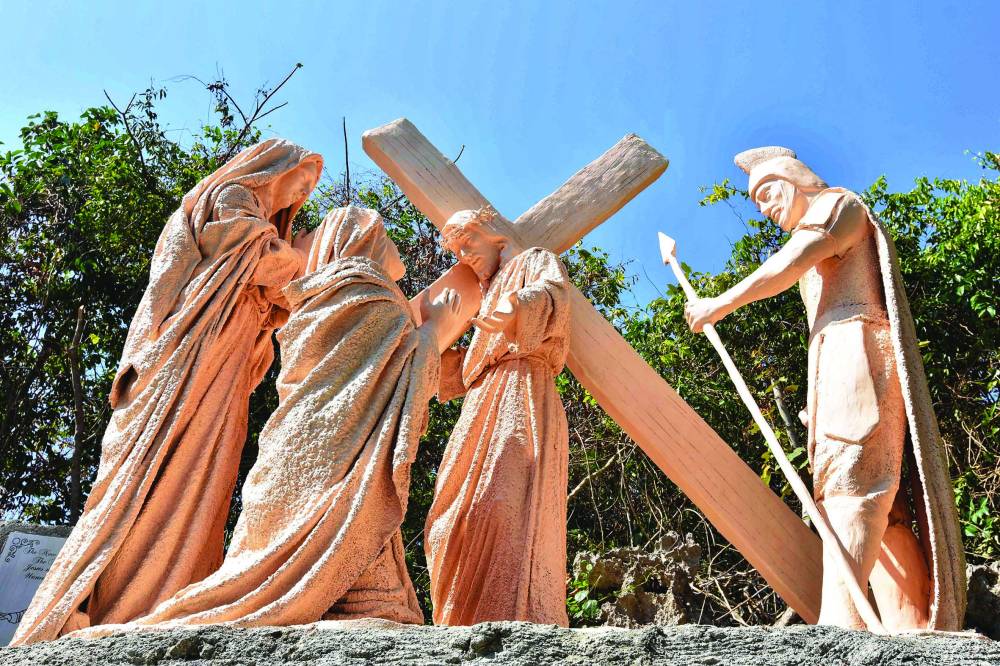
Managing influx
Mayor Celeste earlier noted that Holy Week alone could bring up to 30,000 tourists to the HINP.
To manage the influx, the city implements a “drop-and-pick-up” system: visitors choose three islands to tour and a fourth where they stay until their boat returns.
Despite HINP comprising 123 islands and islets, only a handful are open to the public, including Quezon, Children’s, Governor’s, Romulo, Scout, Cuenco, Sison, Shell, and Mayor’s islands.
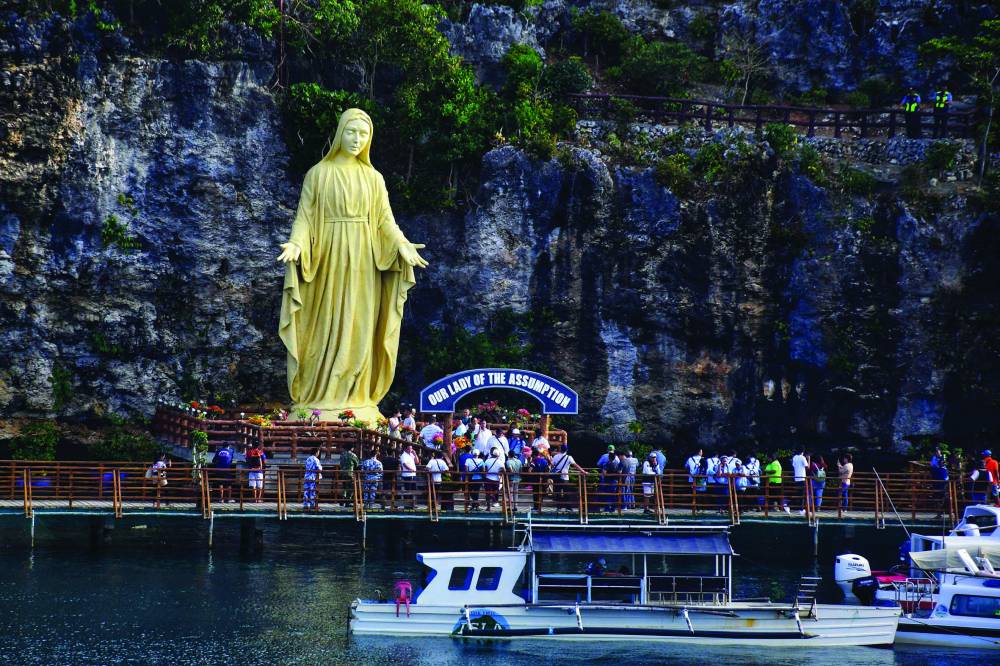
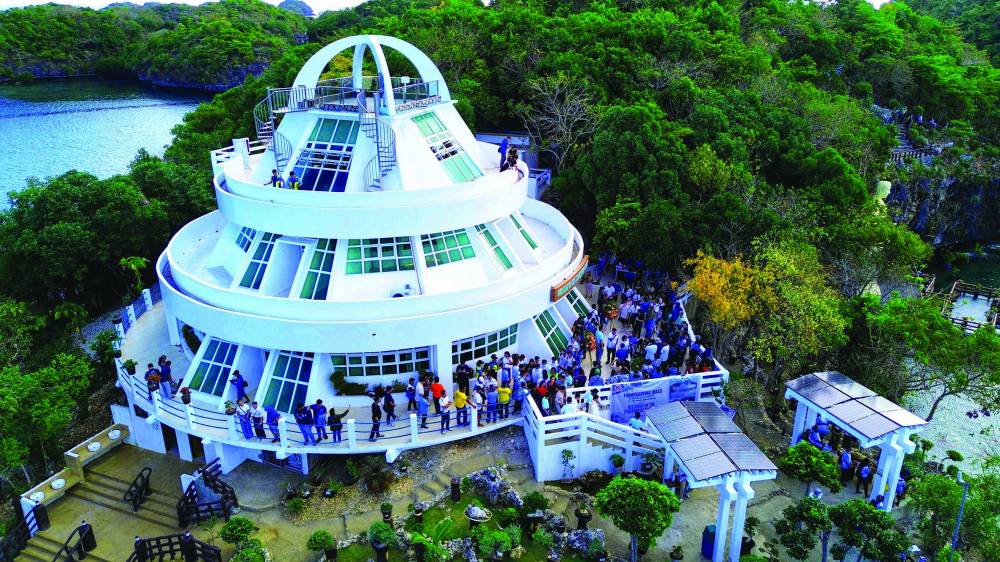
This system allows boat operators to maximize capacity — often completing up to three trips a day. Day tour rates range from P1,000 to P1,500 for small boats (up to five passengers) and P1,800 to P2,000 for medium boats (six to 10 passengers). Overnight tours range from P2,000 to P3,000.
Aside from religious activities, tourists can enjoy swimming, island hopping, kayaking, helmet diving, and ziplining.
To maintain order and safety, the city deploys emergency responders, policemen, Philippine Coast Guard personnel, and health workers throughout the park.
“We also promote environmental responsibility through our ‘Basura Mo, Iuwi Mo’ (Bring Your Trash Home) program,” said Salalila-Aruelo.
Before boarding, tourists are given two garbage bags — one for biodegradable waste and one for nonbiodegradable and recyclables — and pay a P200 deposit, which is refunded when they return with their sorted trash.

















